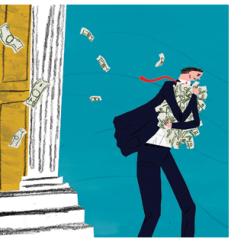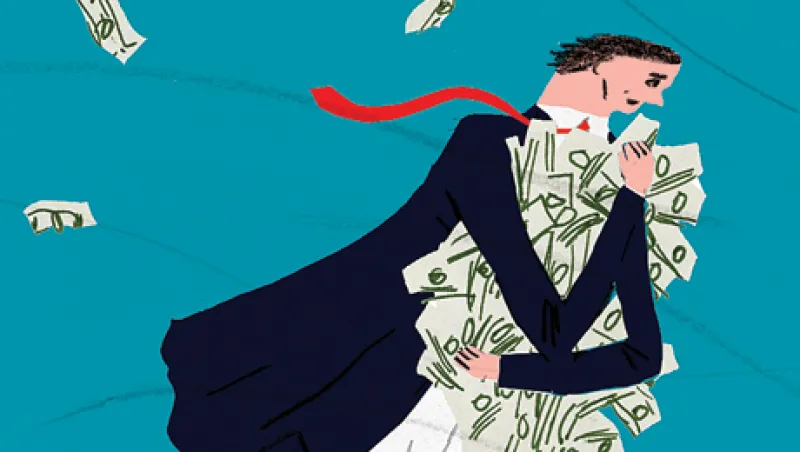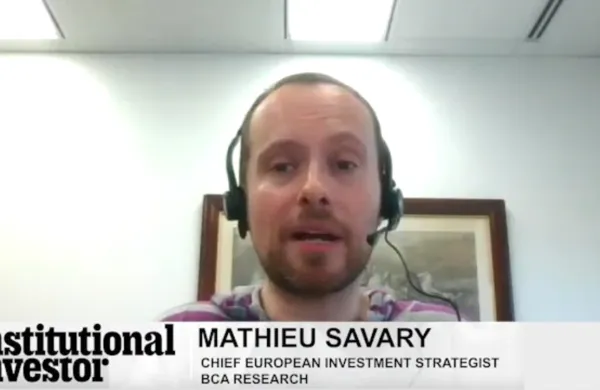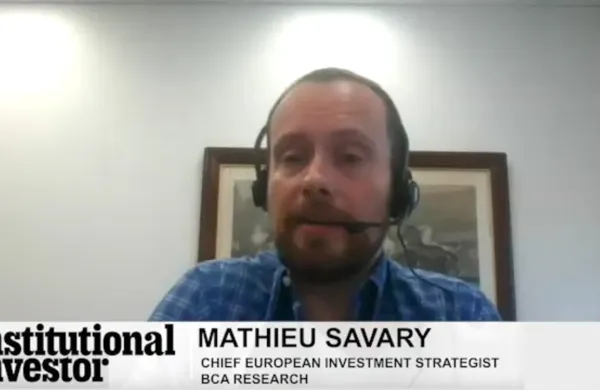SHOULD THE EUROPEAN CENTRAL Bank boldly go where few of its peers have gone and push deposit interest rates into negative territory, how might institutional investors respond?
In July the ECB cut its overnight deposit rate to zero in an effort to encourage business lending. This move shattered the assumption that institutions could always wring a small yield from the cash they must hold to keep operations running smoothly. Returns on cash and those ultrasafe, ultra-short-term investments known as “near-cash” vanished in some cases. But the ECB may go even further: By June 2013 its overnight rate will be –0.25 percent, Citigroup forecasts. That would leave depositors paying the central bank to take their money. ECB president Mario Draghi has refused to rule out negative rates.

Negative rates will probably worsen existing dilemmas, not introduce new ones. “A number of clients are asking, ‘What is the allocation I need to have a liquidity portfolio that will achieve zero return net of fees?’ ” says Mark Stockley, head of international cash sales at BlackRock in London. To reach that goal after typical fees of 10 to 20 basis points, he adds, investors must consider slightly riskier products — and face tougher choices.
Previously, clients bought triple-A-rated, fixed net-asset-value funds invested only in government securities and bank deposits, Stockley says: “In the new order they may need to use funds that are invested in ultrashort nongovernment bonds, offer a variable NAV and do not have their own credit rating.” Some investors have already embraced higher risk. Assets in BlackRock’s Institutional Euro Government Liquidity Fund fell from €5 billion ($6.49 billion) to €1.8 billion in the six months through early November, but the firm’s Institutional Euro Liquidity Fund, which invests in high-grade nongovernment short-term securities, rose from €13 billion to €19 billion.
The Danish National Bank cut its short-term deposit rate by 25 basis points, to –0.2 percent, in July, adding to existing negativity in shorter-dated government bonds. So far, commercial banks haven’t followed suit. Short-term rates for cash held in the bank by ATP, Denmark’s largest pension fund, slid from just below 10 basis points to zero, says ATP’s co-head of investment Anders Svennesen.
What if further cutting by the Danish central bank made commercial rates negative? Physical cash isn’t an option for 778 billion-kroner ($135.3 billion) ATP, Hillerød-based Svennesen says. “It would not be possible for ATP to turn its holdings in bank accounts and short-dated Danish government bonds into cash,” he explains, pointing out that the total exceeds the value of all Danish notes and coins in circulation. Even using 1,000-kroner bills — the highest denomination, worth about $152 — “the only place with space for such an amount would be the vault of the central bank, and I don’t think it would lend that space to us,” Svennesen adds.
Noel Collins, senior consultant in investment at Mercer in Dublin, says pension fund clients are generally stoic about zero or mildly negative returns for cash. But “minus 1 is a hard thing to sign up to,” notes Collins, who thinks clients could react to such a change by putting money in diversified credit portfolios. If the ECB does go negative, it will be tempted to set rates painfully low. Pain changes investment and lending behavior, and that is the central bank’s aim.






